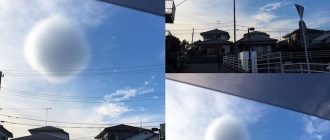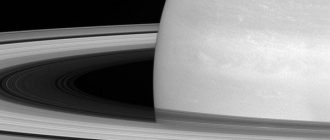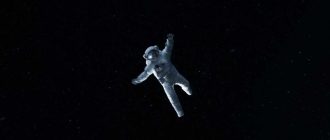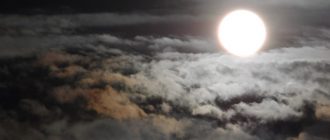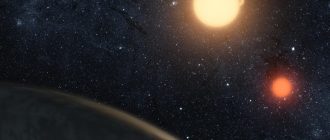

Three unusual newborn stars in the constellation Scorpio, Chameleon and Wolf were immediately discovered by European astronomers. Their originality lies in the fact that the formation of planets next to them is in full swing, which, according to specialists from the European Southern Observatory, scientists have never observed before.
Today, scientists are almost certain that the origin of planets occurs inside a flat disk of gas and dust, which is filled with fine dust particles and dense clouds of gas. The final stage of formation in this case is a series of collisions of planetisimals ('embryos' of planets the size of West or Ceres, as well as large comets and asteroids).
What happens after the adhesion of single dust particles into relatively small (centimeter) lumps? Scientists still find it difficult to answer this question. There are several different theories, which until recently were not possible to verify.
Researchers propose two ways to solve this riddle: by observing newborn planetary systems with microwave telescopes, or by studying dust particles preserved in the bowels of comets since the inception of the solar system. Today, scientists are leaning towards a second, more interesting and reliable method of studying the secrets of planetary formation, which became available to them only at the end of 2014, after the arrival of the Rosetta spacecraft to comet Churyumov-Gerasimenko.
Three groups of astronomers took to track this process at once, who observed the stars in the constellations Scorpio, Chameleon and Wolf using the VLT telescope in Chile and the SPHERE device installed on it, created to search for exoplanets and their 'maternity hospitals'.
As a result, astronomers were able to discover three stars 400-600 light years from Earth, in which the formation of a protoplanetary disk by cosmic standards occurred relatively recently – about 1-1.8 million years ago. According to scientists, the dust and gas particles in such disks have already begun to 'stick together' into planetary embryos. At the same time, the formation of the planets themselves is just beginning, and they have not yet had time to disperse or absorb most of the disk.
According to the results of observations of the stars RX J1615 in the constellation of Scorpio, HD 97048 in the constellation Chameleon and HD 135344B in the constellation Wolf, at this time the structure of the protoplanetary disks resembles the rings of Saturn. Only in this case they are an order of magnitude larger than them and revolve around the star, and not around the giant planet.
As a result of the appearance of the first planetary embryos in the disks, they shattered into thousands of rings. At the same time, an intensive 'mixing' of the gas and the absorption of the surrounding dust particles and large 'cobblestones' that appeared during the first phases of the development of planetary systems began.
It came as a complete surprise to scientists that two of these three disks will turn out to be symmetrical in shape, since this does not in any way fit with theory and computer calculations, according to which inhomogeneities, various arms and 'funnels' should appear inside and near them at this stage.
According to scientists, once, thanks to a good viewing angle, they even managed to see the shadow cast by protoplanetary bodies on the disk and fix the supposed traces of the collision of two planetisimals. Astronomers hope that observations of these collisions will reveal secrets about the birth of the Earth of other planets in the solar system and help answer the question of what is needed for their formation.
Sources: Phys

